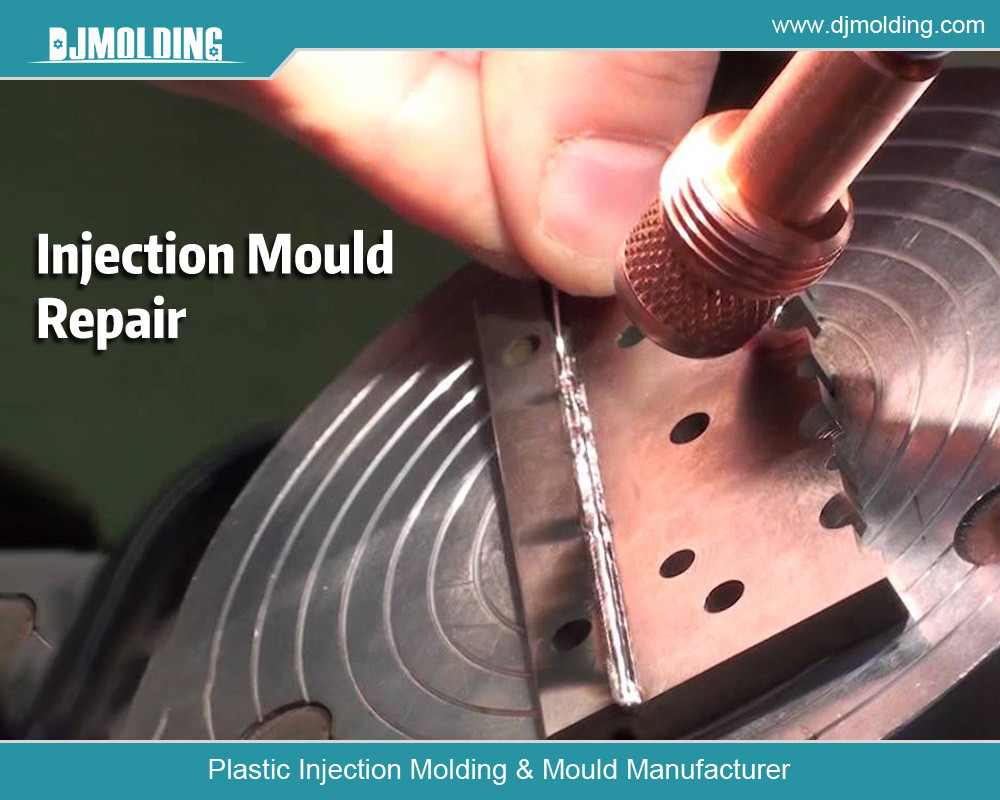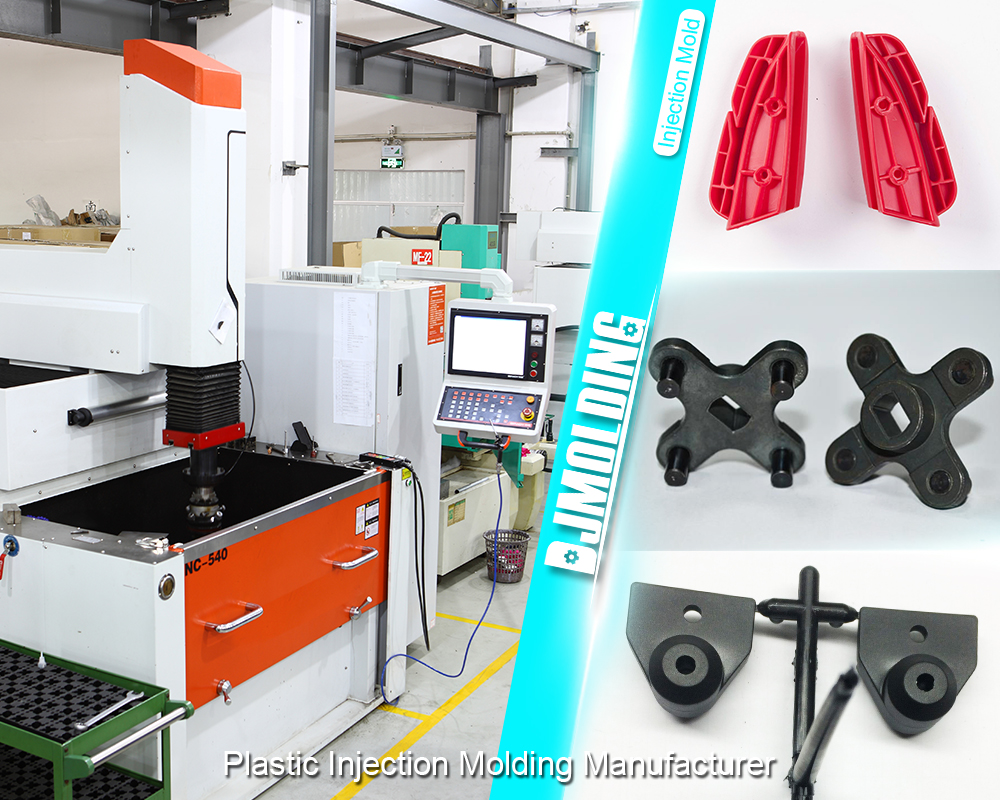How does on-demand manufacturing works and why does this matter?
How does on-demand manufacturing works and why does this matter?
Manufacturing companies have continued to benefit from the new manufacturing revolution. There are so many merits to on-demand manufacturing that can make businesses significantly increase their return on investments. The customer is the centre of attraction when it comes to this new model for the production of goods. How does on-demand manufacturing works? Before we go deep inside this post, it is important to understand what this means.

What is on-demand manufacturing?
On-demand manufacturing is a production model whereby goods are produced according to customer requests. It is also referred to as MaaS, which is known as “manufacturing-as-a-service.” This new form of production of goods is very different from the usual traditional model. Rather than for businesses to produce goods in large volumes, they are guided by the size of the customer’s requests. Businesses save a lot of money from this production model and the revenue potential can be huge. On-demand manufacturing or MaaS uses technology to meet the needs of a customer. In large-scale industrial settings, businesses usually invest in digital infrastructure to be able to meet the different requirements of various customers.
Inside the fabrication yard: Understanding how on-demand manufacturing works
There is a chain of activities involved with on-demand manufacturing. This is a production model whereby goods are produced as customers make their requests. The steps involved are broken as follows:
The customer makes a request
A customer has a business request to produce a certain volume of goods. They then approach the manufacturing company with their order. Each order is made up of specific product requirements like the design, materials, quantity, and any special features.
Processing of the customer’s order
The manufacturing facility receives the customer’s order through their app or website. In some cases, a customer can contact them directly. The manufacturer then processes the order and starts working on it. In most cases, this order processing phase involves the use of elaborate designs for the customer.
Sourcing of materials for the products
The next stage of the process is that the manufacturing company starts sourcing materials. If they have the materials available on-site, they will commence the production stage immediately. Otherwise, they may have to source materials from third parties.
The making of the products for the customer
When the materials are ready, the manufacturer commences the production process. In many cases, the production yard uses a collection of technologies to make the products. The CNC machine and a 3D printing machine are commonly used in this case. The goods are made according to the requests of the customer – through submitted design specifications.
Controlling the quality of the products
During the production phase, the quality of each product is checked. This is to make sure that they come out according to the needs of the customer. If there are deviations or errors in the design, this is corrected immediately. Only products with the required properties will be allowed to move past this stage to the next phase.
Packaging of the products
All goods that made it through the quality control stage are then assembled for onward packaging. The customer also sends the product packaging instructions to the manufacturer. These usually include branding elements and label designs. The customer can also add many other additional packaging requirements according to their needs.
Shipping and delivery of finished products
As soon as all the products are packaged and labelled, they are then assembled for shipping. The customer also chooses a preferred shipping method and a specific location. Many manufacturing facilities usually have in-house logistics departments. Others usually use the services of third-party shipping companies.

Importance of on-demand manufacturing to your business
How does on-demand manufacturing works? This is a type of manufacturing service whereby businesses easily get their products made on time. If you are a business and are looking to launch your products, this is the best way for you. These are the different benefits of this manufacturing model:
- Access to a manufacturing facility: New manufacturing businesses can easily start their own companies. You do not need a big manufacturing facility to start selling goods to your customers. On-demand manufacturing services mean that you can start selling products right away.
- Make your products: This manufacturing model allows you to be different from other businesses in the industry. You can tailor products according to how you want them to look and feel. You also get to choose the designs and the materials used for the product – which allows for the creation of unique and custom items.
- No long waiting times: In this type of production process, you will not have to wait for so long to get your products. You get your products manufactured and packaged as soon as you send in your orders. This is important for businesses that do not have the time to waste on sourcing the products on their own.
- No need to stock the goods in a storage facility: If you have a business, and your customer(s) need specific products made, you can use this manufacturing service. No need to stock your products in a warehouse facility. This means that you will not need to pay for any warehouses. Some manufacturers help you to send the products straight to your buyers/customers. This means that you will not be spending extra on product storage and shipping services.
- Maximize your revenue: On-demand manufacturing service allows you to order goods according to your customer’s demands. This means that you will not get to stock products that you will not sell. You only get to request the batch size that you need. You can easily sell them all and make a profit.
- Long-term cost efficiency: With this manufacturing model, you will eliminate the usual money wasters in the industry. No need to waste your resources dealing with excess goods. In addition, you will not have to pay for storing and shipping extra products. It allows you to reduce all the risks that come with overproduction.
- Help reduce your carbon footprint: The on-demand manufacturing model helps us to reduce our carbon footprints. It is a benefit to the environment as it reduces the impact of manufacturing on the environment. Apart from reducing emissions, it also prevents excess wastes associated with industrial production and storage.
For more about how does on-demand manufacturing works and why does this matter,you can pay a visit to Djmolding at https://www.djmolding.com/on-demand-manufacturing-service/ for more info.




